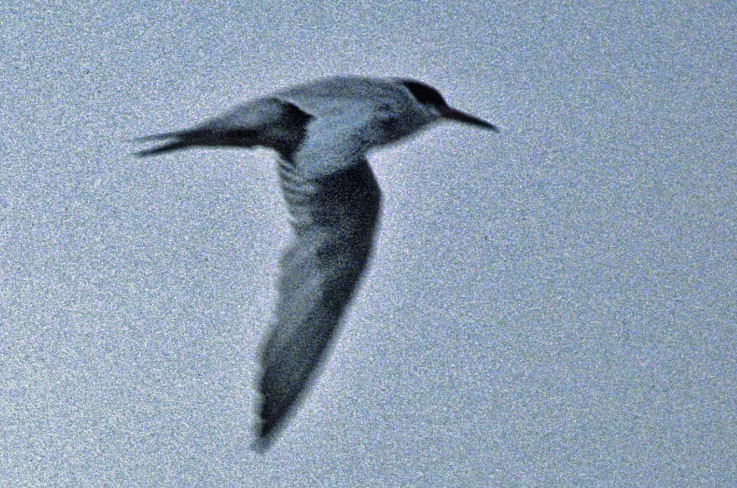Peruvian Tern
A species of Small terns Scientific name : Sternula lorata Genus : Small terns
Peruvian Tern, A species of Small terns
Botanical name: Sternula lorata
Genus: Small terns
Content
Description General Info
 Photo By Don Roberson
Photo By Don Roberson Description
The Peruvian tern is a very small species with a length of about 24 cm (9.4 in). The upper half of the head and neck are black, and the remaining part of the head is white. The back, wings and tail are grey, the throat, chin and breast are white, and the chest, belly and flanks are pale grey. The under tail-coverts are white. The bill is yellow with a black tip, the irises are brown and the legs are yellowish. The pale grey underparts differentiate it from other small terns. It has a very rapid and characteristic wingbeat. The call is a shrill "kik" and a harsh "gree", and it also utters a descending series of "kee-ee-eer" notes. 
Size
24 cm
Nest Placement
Ground
Feeding Habits
Peruvian Tern primarily feeds on small fish like anchovetta, with krill comprising 10% of its diet. It employs feeding methods akin to its relatives and has been observed hunting species such as Peruvian Silversides and Mote Sculpins.
Habitat
The peruvian Tern primarily inhabits coastal environments, breeding on expansive sandy beaches and within sand dunes, frequently located a significant distance from the high tide line. It also nests in desolate stony desert regions that are situated several kilometres away from the coast. Foraging is commonly carried out in the shallow waters of estuaries and coastal lagoons, which are crucial feeding areas for this species.
Dite type
Piscivorous
General Info
Feeding Habits
Bird food type
Distribution Area
This species is endemic to the tropical west coast of South America. Its range extends from north and central Ecuador, through Peru to northern Chile, as far south as the Mejillones Peninsula. Its status in Ecuador is unclear and in Peru it is known from four confirmed sites, breeding at the back of the beach in association with wetlands. There are nine known sites in Chile, all in the vicinity of Mejillones, and at all of these the birds breed a little inland in the desert. There may be other breeding sites that have yet to be discovered, and some sites have not been revisited since they were recorded many years ago. 
Species Status
The total number of Peruvian terns is estimated to be in the range 1,000 to 2,499 individuals. The number seems to be declining, and in 2007 it was suggested that there were only half as many birds as there had been ten years earlier. Because of the small population size and the decrease in numbers of individuals, BirdLife International has assessed the bird's conservation status as being "endangered". The Chilean Ornithologist Jürgen Rottmann is the director of The Gaviotín Chico Sustainability Foundation which has successfully rallied the local community school students, councilmen and the mining industry, to protect the nesting habitad of this bird at the Mejillones Peninsula from stray dogs and other predators that exacerbate human-caused decline. The strategies used include labeling and fencing of the nesting sites, translocation of predators and the use of decoy Japanese quail eggs. 

 Photo By Don Roberson
Photo By Don Roberson